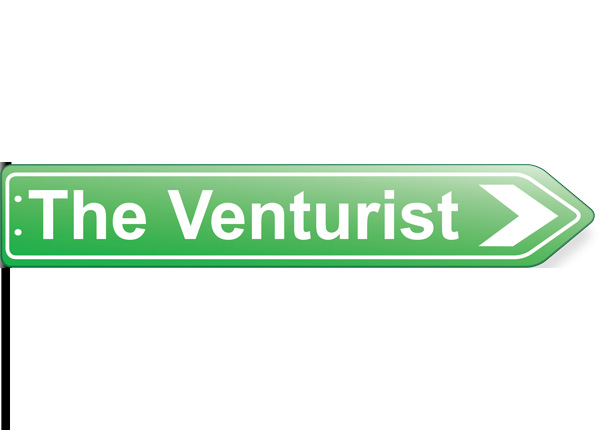
Creative thinking – Part 1
I kicked off the year with the theme of taking action to innovate, failing, learning from failure and improving your innovation capability continuously. Subsequently, the theme I am currently busy with is creative thinking, the starting point or “front-end” of innovation.
I have touched on quality thinking, finding time to think and asking good questions. But how does the “aha!” really happen and is it possible for an organisation and an individual to become better at it?
Organisational and individual creativity
Creativity and the ability to come up with great ideas in order to solve challenging problems or exploit opportunities has intrigued us for centuries. It has been researched in-depth and many scientists have tried to unlock the “secret” of creativity.
There are many theories on how to become more creative and most of these hold value to some extent. Unfortunately I also do not know the formula, but what I can tell you, is that creativity – useful ideas – does not happen through serendipity, especially in a corporate environment.
Understanding your customers’ needs and collaboration on ideas can bring any organisation a long way in terms of finding a breakthrough idea. What is also true, is that there are organisational factors and individual factors at play in terms of finding useful ideas in the organisation. Meaning, you can have an exceptionally creative- or original thinking individual in the organisation, but if the environment is not conducive for this person to bring forward ideas, the person’s creative ability is worth nothing.
I spent a fair amount of time studying creativity in the corporate environment for my literature review for my dissertation, and I can honestly tell you that considerable research has been done on this topic.
Andriopoulus did an extensive review on previous research done on organisational creativity, in an attempt to clearly identify the factors that influence organisational creativity and hence what need to be taken into consideration when managing creativity in organisational settings. Andriopoulus uses the following definition for organisational creativity: “…to formulate novel and useful ideas, processes, services or products”. Andriopoulus’ study revealed the following major organisational factors which enhance creativity in a work environment: organisational climate; leadership style; organisational culture; resources and skills; and the structure and systems of an organisation.
Hence, as you can appreciate, there are many organisational and systemic factors that comes into play in order to unlock people’s creativity. However, while management practices and organisational factors can enhance the likelihood of creativity, ultimately, it is the individual who is the source of a new idea and therefore an understanding of the requirements for creative thought is essential. One of the most authoritative researchers on creativity is Teresa Amabile. Two key findings of her research are important here. Firstly, she found that it is possible for anyone with normal cognitive abilities to be creative to some degree in some domain of endeavour. Secondly, she recognises that although different individuals may have different potential for creative performance in a given domain, it is possible to increase creativity to some extent.
To summarise, in an organisational setting, it is not only about having a “creative genius” in the organisation. Individual factors, together with the influence of organisational factors such as climate, structures and processes, determines the creativity of the employees in an organisation.
Next Time
I have now set the stage for creative thinking in an organisational environment, arguing that it has both to do with the creative ability of the individual and the environment in which the person operates. In part 2 of this theme I will take a more pragmatic approach and share some practical suggestions on how the organisation and the individual can improve creative thinking capabilities. I conclude with a point to ponder from Vince Lombardi: “The achievements of an organization are the results of the combined effort of each individual”.
Sources:
Amabile, T. M. 1997. Motivating creativity in organizations: On doing what you love and loving what you do. California Management Review, 40: 39-58.
Andriopoulos, C. 2001. Determinants of organisational creativity: a literature review. Management decision, 39(10), 834-841.











































